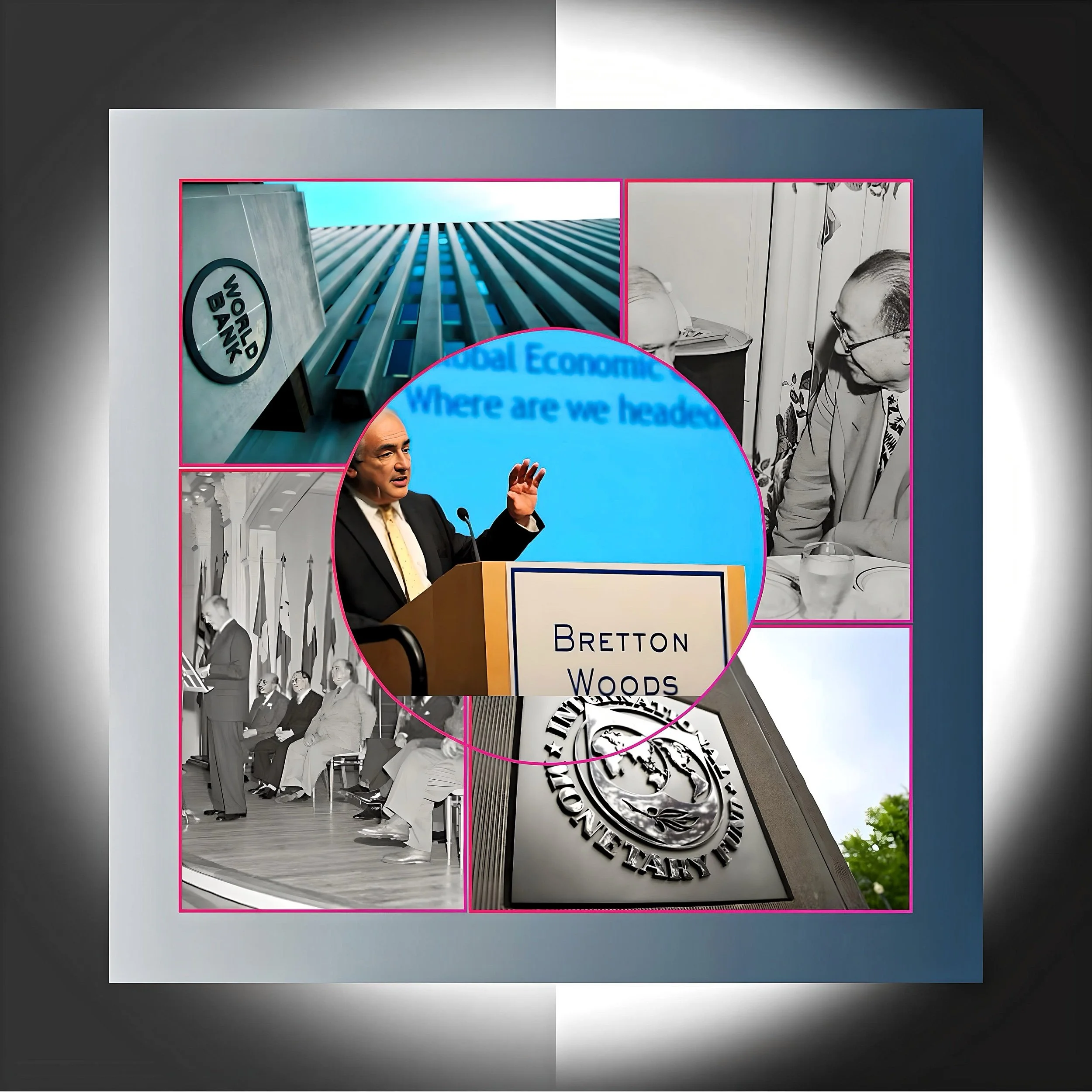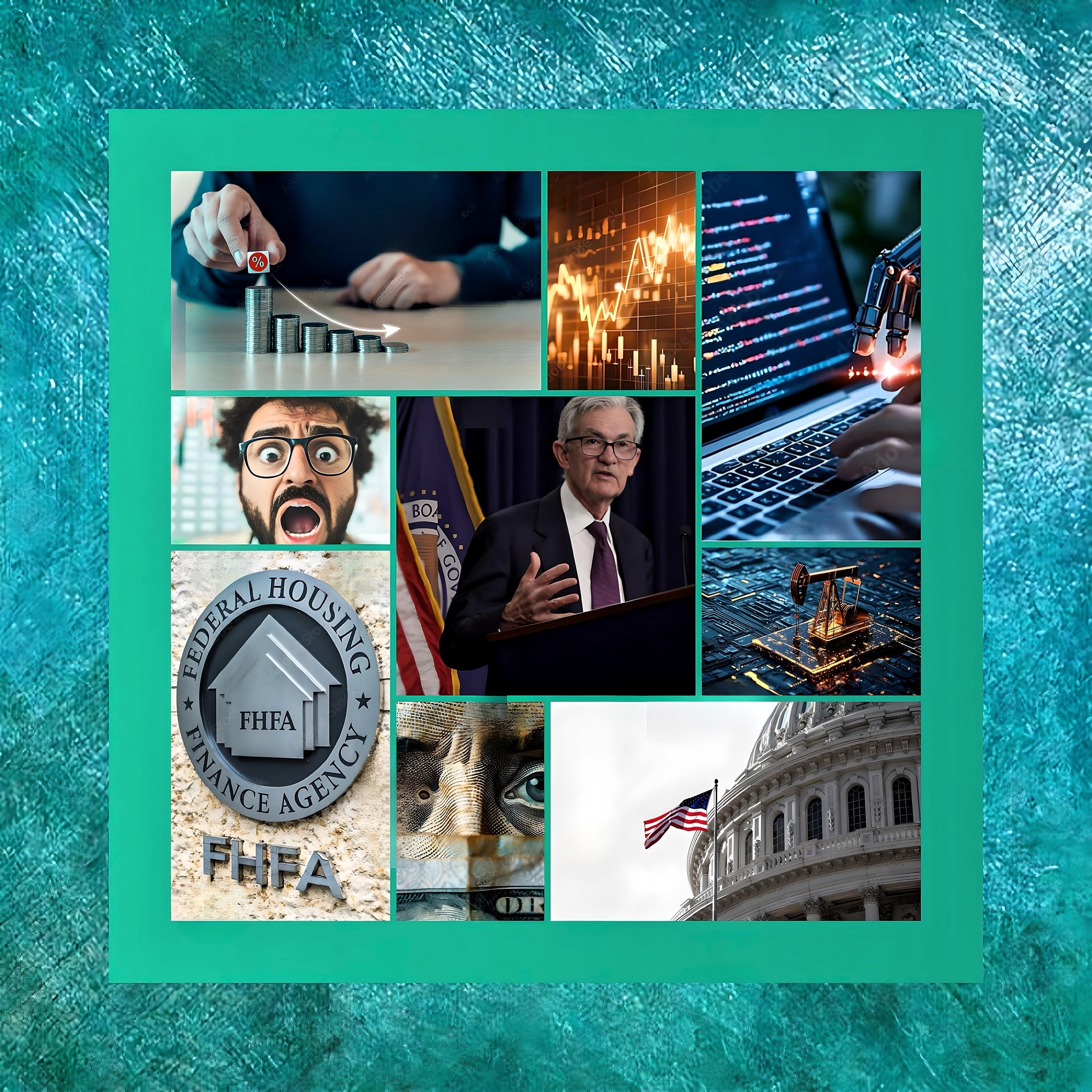The Broken Economic Order How to Rewire the International System in the Age of Trump
Introduction
The global economic order constructed in the decades following World War II—a system predicated on multilateral institutions, rules-based trade frameworks, and U.S.-led security guarantees—faces unprecedented strain under President Donald Trump's second administration.
Since returning to office in January 2025, Trump has accelerated policies prioritizing unilateralism, economic nationalism, and transactional diplomacy, destabilizing long-standing alliances and international governance structures.
FAF examines the systemic fractures emerging in trade, global governance, and geopolitical alliances and proposes pathways to rebuild a resilient international framework.
Drawing on analyses from economists, foreign policy experts, and institutional assessments, we explore how Trump’s agenda has eroded confidence in U.S. leadership, ignited retaliatory trade measures, and catalyzed shifts in global power dynamics.
Crucially, our findings evaluates strategies to rewire the international system through mission-oriented public investment, reimagined multilateral partnerships, and adaptive governance models capable of addressing 21st-century challenges.
The Collapse of the Post-War Consensus
Foundations of the Bretton Woods System
The post-1945 economic order emerged from the ashes of global conflict, designed to prevent the interwar period's destructive protectionism and currency wars. Institutions like the International Monetary Fund (IMF), World Bank, and General Agreement on Tariffs and Trade (GATT)—later the World Trade Organization (WTO)—established rules to govern trade imbalances, stabilize currencies, and resolve disputes through multilateral frameworks.
U.S. leadership underpinned this system, with the dollar serving as the global reserve currency and American security guarantees reassuring allies against Soviet expansionism.
By the 1990s, China's integration into the WTO and the expansion of regional trade blocs like NAFTA and the European Single Market appeared to solidify a liberal internationalist vision.
Trump’s Doctrine of Disruption
The Trump administration has systematically dismantled this architecture, rejecting multilateralism as a constraint on U.S. sovereignty. Within weeks of taking office,
Trump withdrew the United States from the Paris Climate Accords and the World Health Organization (WHO), halted negotiations on a pandemic preparedness treaty, and threatened sanctions against the International Criminal Court.
These moves reflect a broader philosophy articulated by Trump since his first campaign: that international institutions and alliances exploit U.S. resources while offering negligible returns.
Richard Haass, president emeritus of the Council on Foreign Relations, notes that Trump operates under a “19th-century vision” in which “great powers have special rights…to decide the fate of others.”
Trade Wars and the Fracturing of Global Supply Chains
Tariffs as Strategic Weapons
Swinging tariffs, designed to restore manufacturing and extract concessions from trading partners, are central to Trump's economic strategy.
In February 2025, the administration imposed 25% tariffs on most Canadian and Mexican goods—a direct violation of the renegotiated USMCA trade pact—citing unfounded claims about migration and fentanyl smuggling.
Simultaneously, tariffs on Chinese imports rose to 60%, compounding existing duties maintained from Trump’s first term. Such measures invert decades of trade liberalization, risking a cascade of retaliatory measures.
The European Union has already announced targeted tariffs on U.S. agricultural exports, while China is diversifying supply chains through the Regional Comprehensive Economic Partnership (RCEP).
Deindustrialization and Debt: The Unintended Consequences
Trump’s protectionism exacerbates structural weaknesses in the U.S. economy. Despite rhetoric about reviving manufacturing, deindustrialization has accelerated as tariffs raise input costs for domestic firms reliant on imported components. Meanwhile, the federal deficit has ballooned to $31.4 trillion (inflation-adjusted) since 1992, driven by unfunded tax cuts and stimulus spending.
This debt overhang limits fiscal capacity to invest in critical infrastructure or green transition technologies, ceding ground to China in electric vehicles and renewable energy sectors.
Geopolitical Realignments and the Erosion of Trust
Allies in Retreat: The NATO Crisis
Trump’s skepticism of collective security arrangements has reached a crescendo in his second term. In early 2025, Vice President Vance publicly criticized European allies for excluding far-right parties like Germany’s AfD from governance, despite their ties to neo-Nazi groups.
This alignment with illiberal factions and Trump’s refusal to reaffirm NATO’s Article 5 mutual defense clause has spurred European capitals to pursue strategic autonomy. France and Germany are fast-tracking plans for an EU defense fund, while Poland has signed a $20 billion arms deal with South Korea, reducing reliance on U.S. equipment.
The Rise of Hedging Strategies
Traditional U.S. partners are increasingly hedging against American unpredictability. Southeast Asian nations, once reliant on U.S. naval power to counter Chinese expansion in the South China Sea, are expanding economic ties with Beijing through the Belt and Road Initiative.
In the Middle East, Saudi Arabia and the UAE have joined Egypt and Jordan in rejecting Trump’s proposal to forcibly relocate Palestinians from Gaza, instead deepening energy partnerships with China and India. Even Canada—long integrated into U.S. supply chains—is exploring trade diversification via a proposed summit with Mexico, the EU, and Panama to counter Trump’s tariffs.
Domestic Discontent: The Social Costs of Economic Nationalism
Broken Promises to Working Americans
Trump’s populist rhetoric masks policies that exacerbate inequality and financial insecurity. Despite campaign pledges to lower living costs, inflation persists at 3%, with egg prices up 18% year-over-year due to avian flu outbreaks and tariff-driven feed costs.
The administration’s plan to dismantle the Consumer Financial Protection Bureau (CFPB) removes safeguards against predatory lending, risking a recurrence of the subprime mortgage crisis. Meanwhile, Trump’s tax reforms—which delivered $8–10 trillion in cuts skewed toward corporations and high earners—have failed to stimulate wage growth, with real median incomes stagnant since 2025.
Labor Markets in Flux
Job creation has slowed to 150,000 monthly in Q1 2025, down from 250,000 under Biden, as employers face uncertainty over trade policy and interest rates.
The Federal Reserve’s indecision—torn between curbing inflation and avoiding recession—has resulted in erratic rate hikes, further destabilizing markets.
According to McKinsey estimates, automation and AI adoption, accelerated by tariffs on foreign labor, threaten to displace 2.4 million retail and manufacturing workers by 2026.
Rewiring the System: Mission-Oriented Governance and New Multilateralism
Mariana Mazzucato’s Framework for Collective Action
In her seminal Foreign Affairs essay, economist Mariana Mazzucato argues for a “mission-oriented” approach to global challenges, channeling public and private investment toward goals like decarbonization, health equity, and digital inclusion. This requires:
Reforming Bretton Woods Institutions: Democratizing the IMF and World Bank to give emerging economies more outstanding voting shares, aligning lending with SDG targets.
Green New Deal Alliances: Bypassing U.S. obstruction by forming coalitions of willing nations—e.g., the EU, Canada, and ASEAN—to fund renewable energy grids and carbon capture projects.
Data as a Public Good: Regulating tech monopolies to ensure open access to AI and digital infrastructure, preventing “digital feudalism.”
Case Study: Climate Diplomacy After Paris
Despite the U.S. withdrawal, 132 countries have ratified the “Climate Club” pact led by Germany and Kenya. This pact imposes carbon tariffs on non-members while pooling $200 billion annually for green transitions. This model demonstrates how middle powers can fill leadership vacuums through multilateral cooperation.
Conclusion
Navigating a Post-Hegemonic World
The Trump era has shattered the myth of U.S. indispensability, revealing the fragility of institutions built on American primacy. Yet this disruption also creates space for innovation.
A reconfigured international system must prioritize adaptive governance—blending state capacity with private sector agility—and equitable growth strategies that address populist discontent at its roots.
As Mazzucato underscores, the goal is not to restore the old order but to build a new one where “collective intelligence serves the common good.” Achieving this will require courage from leaders willing to transcend zero-sum nationalism and reimagine global solidarity.






